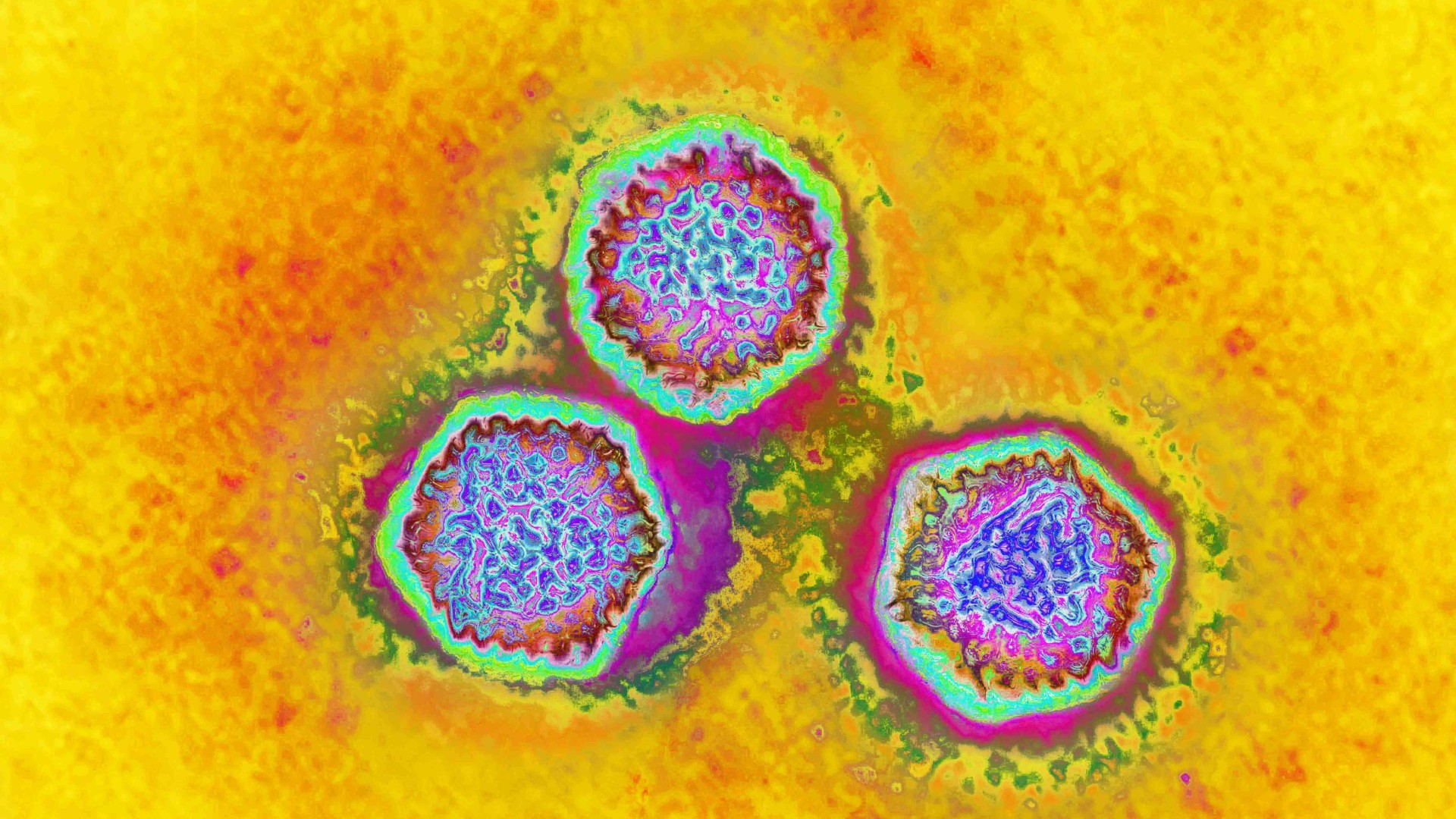50,000-year-old Neanderthal bones harbor oldest-known human viruses
A new analysis of two skeletons suggests that three modern human viruses infected Neanderthals around 50,000 years ago.

Neanderthals who lived 50,000 years ago were infected with three viruses that still affect modern humans today, researchers have discovered.
These traces of ancient viruses are the oldest remnants of human viruses ever discovered, New Scientist reported. They are around 20,000 years older than the previous record-holder for the most ancient human virus ever found: a common-cold virus uncovered inside a pair of 31,000-year-old baby teeth in Siberia.
Scientists found the ancient viruses after sifting through DNA sequences drawn from the skeletons of two male Neanderthals originally found in the Chagyrskaya cave, located in the Altai mountains in Russia. Several sequences appeared to be viral in origin, so the team compared them to modern viruses known to cause lifelong infections. They ruled out the possibility that the viruses came from modern humans who handled the skeletons or by predators that fed on them by looking at specific signatures in the viral DNA that differed between the ancient and modern samples.
In this way, they showed that our closest, now-extinct relatives could be infected with three common, modern human viruses: a type of adenovirus, a herpesvirus and a papillomavirus.
Related: 'More Neanderthal than human': How your health may depend on DNA from our long-lost ancestors
In modern humans, adenoviruses can cause a range of symptoms, including cold- and flu-like symptoms, sore throat and pink eye. Infection with sexually transmitted papillomaviruses can lead to genital warts and certain types of cancer, while different herpesviruses can trigger cold sores, chickenpox or "mono." The herpesvirus found in the Neanderthals looked most like the one that causes cold sores.
The researchers behind the new study say the findings provide physical evidence to support the theory that viruses may have played a role in the demise of the Neanderthals, who went extinct around 40,000 years ago. The findings, published Tuesday (May 21) to the preprint server bioRxiv, have not yet been peer-reviewed.
Sign up for the Live Science daily newsletter now
Get the world’s most fascinating discoveries delivered straight to your inbox.
It's possible that these viruses could one day be synthesized and used to infect modern human cells in lab dishes, the team said. Comparing the ancient viruses to modern ones could theoretically improve our understanding of disease today.
"This discovery not only expands our understanding of viral evolution and disease throughout human history, but may also open avenues for the development of new medical approaches, especially with regard to vaccines and antiviral treatments," co-senior study author Marcelo Briones, a professor of bioinformatics at the Federal University of São Paulo in Brazil, said in a statement.
"As the field of ancient virology expands, more revelations about past diseases are expected to help inform our understanding of modern diseases and improve our ability to combat them," Briones said.
Although the idea of resurrecting ancient viruses might sound concerning, it's unlikely that this will happen anytime soon, an expert told New Scientist.
"I am skeptical that this could be achieved given the lack of full understanding of how the viruses' DNA is damaged and how to reconstruct the recovered pieces into a full viral genome," Sally Wasef, a paleogeneticist at Queensland University of Technology in Australia, told New Scientist.
Ever wonder why some people build muscle more easily than others or why freckles come out in the sun? Send us your questions about how the human body works to community@livescience.com with the subject line "Health Desk Q," and you may see your question answered on the website!

Emily is a health news writer based in London, United Kingdom. She holds a bachelor's degree in biology from Durham University and a master's degree in clinical and therapeutic neuroscience from Oxford University. She has worked in science communication, medical writing and as a local news reporter while undertaking NCTJ journalism training with News Associates. In 2018, she was named one of MHP Communications' 30 journalists to watch under 30. (emily.cooke@futurenet.com)
Flu: Facts about seasonal influenza and bird flu
What is hantavirus? The rare but deadly respiratory illness spread by rodents










